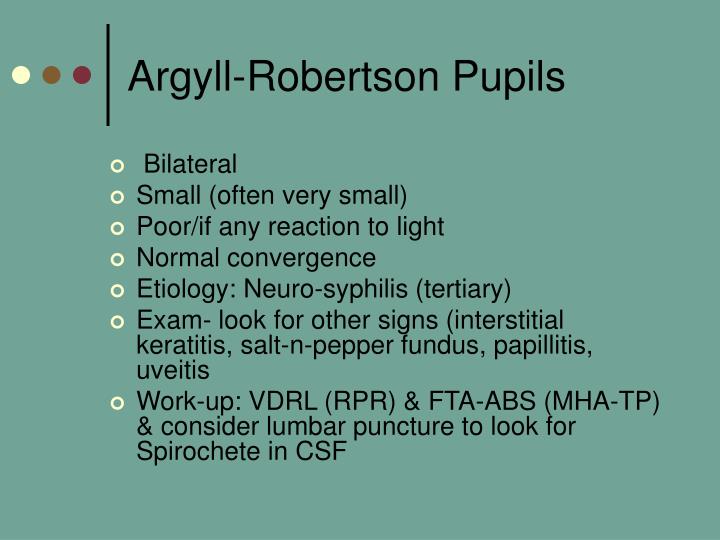

As mentioned above, the episodes are typically brief and are more often unilateral, but can be bilateral and can rarely occur simultaneously.ĭilute pilocarpine testing can be used in the office to rule out Adie’s pupil. Tadpole pupil is a clinical diagnosis based on history and the hallmark of episodic pupillary sphincter dilation. Episodes of tadpole pupil have been associated with migraine headache, menstruation, awakening from sleep, and exercise. There are no known risk factors for tadpole pupil. Furthermore, the association of tadpole pupil and Horner Syndrome allows for speculation that denervation hypersensitivity plays a role.

While several cases of tadpole pupil have been reported without an identifiable trigger, physical exercise and waking up from sleep have been reported, leading to the hypothesis that an increase of circulating catecholamines may play a role. This is based on observations that pupillary light response remains intact. One hypothesis is a segmental spasm of the iris dilator muscle (not the iris sphincter muscle) occurs.

A few hypotheses have been reported, but none have been proven. The pathophysiologic mechanism of tadpole pupil is unknown. The hallmark feature is that one segment of the iris is pulled to a peak, creating an irregular shaped pupil, resembling the shape of a tadpole.
ARGYLL ROBERTSON PUPIL DIFFERENTIAL DIAGNOSIS SERIES
in a series of patients who experienced brief, intermittent episodes of pupil dilation. Tadpole pupil (also referred to as tadpole-shaped pupil) is a rare condition originally described by Thompson et al.


 0 kommentar(er)
0 kommentar(er)
